DHEA-Sulfate
(Specimen Container)
SST (Tiger Top)/ Lithium Heparin/ Sodium Heparin/ Sodium Citrate
(Transport Temperature)
| Temperature | Period |
|---|---|
| Room temperature | Unacceptable |
| Refrigerated | 8 days |
| Frozen | If stored longer than the max 2-8°C, store frozen |
Dehydroepiandrosterone sulfate (DHEA-S) is the most abundant adrenal androgen and also functions as a neurosteroid that is produced by the adrenal cortex. DHEA-S is an excellent indicator of adrenal androgen production. DHEA-S exhibits only weak androgenic activity but can be metabolized to more active androgens such as testosterone and androstenedione. Serum concentrations decline with age and can serve as a prognostic factor in both critical illnesses and breast cancer progression. Elevated levels of DHEA-S are found in the plasma of patients with adrenal tumors or congenital adrenal hyperplasia. DHEA-S may also be slightly elevated in patients with polycystic ovaries. Tumors in men that produce hCG may lead to increased levels of testicular DHEA-S.
Male:
108.0 – 406.0 ug/dL (0 Days – 5 Days)
1.0 – 41.0 ug/dL (5 Days – 5 Years)
2.5 – 145.0 ug/dL (5 Years – 9 Years)
15.0- 115.0 ug/dL (9 Years – 11 Years)
20.0 – 555.0 ug/dL (11 Years – 17 Years)
24.0 – 537.0 ug/dL (17 Years – 21 Years)
85.0 – 690.0 ug/dL (21 Years – 30 Years)
106.0 – 464.0 ug/dL (30 Years – 40 Years)
70.0 – 495.0 ug/dL (40 Years – 50 Years)
38.0 – 313.0 ug/dL (50 Years – 60 Years)
24.0 – 244.0 ug/dL (60 Years – 70 Years)
5.0 – 253.0 ug/dL (70 Years – No Max Age Limit)
Female:
10.0 – 248.0 ug/dL (0 Days – 5 Days)
5.0 – 55.0 ug/dL (5 Days – 5 Years)
2.5 – 140.0 ug/dL (5 Years – 9 Years)
15.0 – 260.0 ug/dL (9 Years – 11 Years)
20.0 – 535.0 ug/dL (11 Years – 17 Years)
51.0 – 321.0 ug/dL (17 Years – 21 Years)
18.0 – 391.0 ug/dL (21 Years – 30 Years)
23.0 – 266.0 ug/dL (30 Years – 40 Years)
19.0 – 231.0 ug/dL (40 Years – 50 Years)
8.0 – 188.0 ug/dL (50 Years – 60 Years)
12.0 – 133.0 ug/dL (60 Years – 70 Years)
7.0 – 177.0 ug/dL (70 Years – No Max Age Limit)

